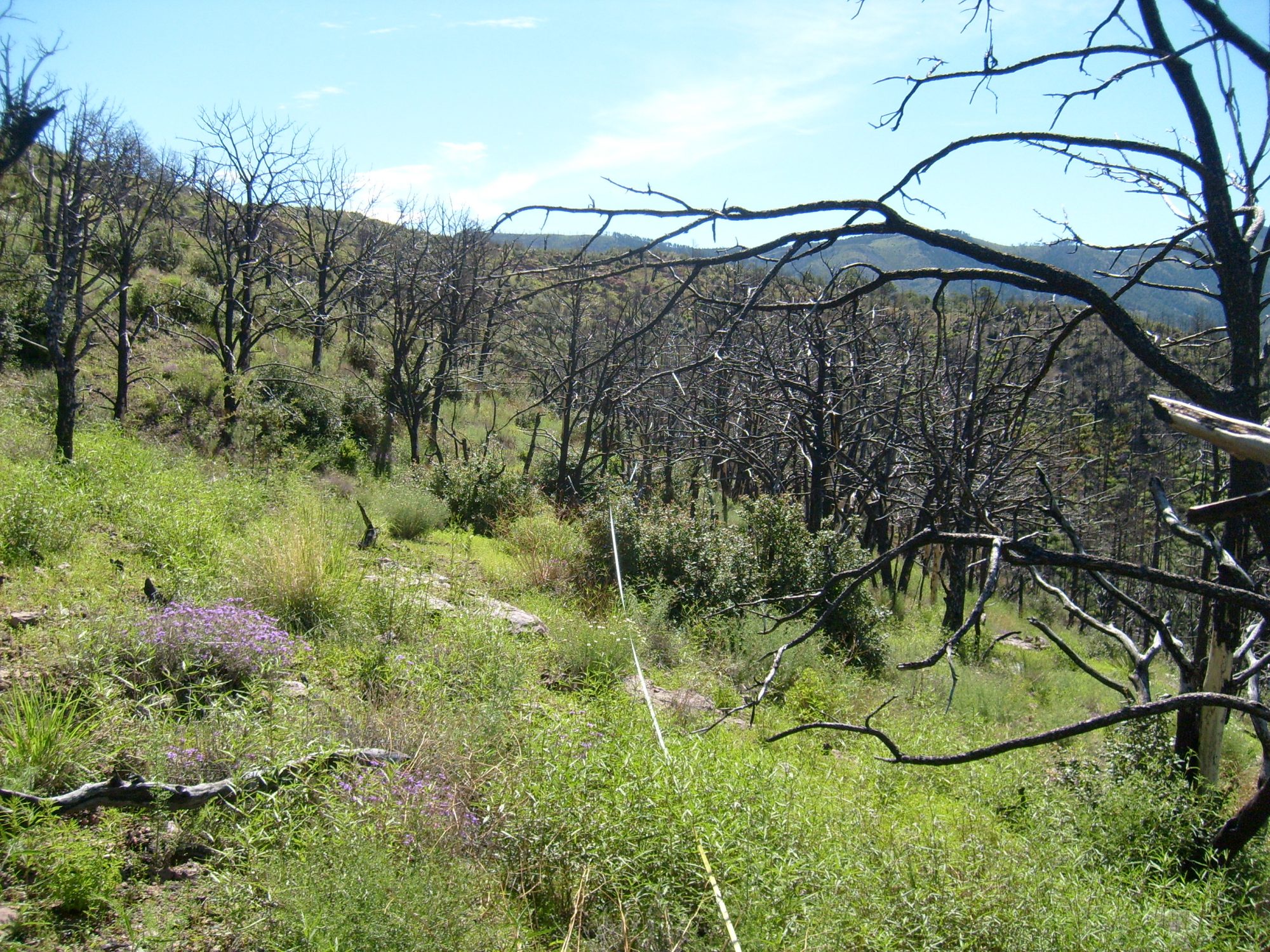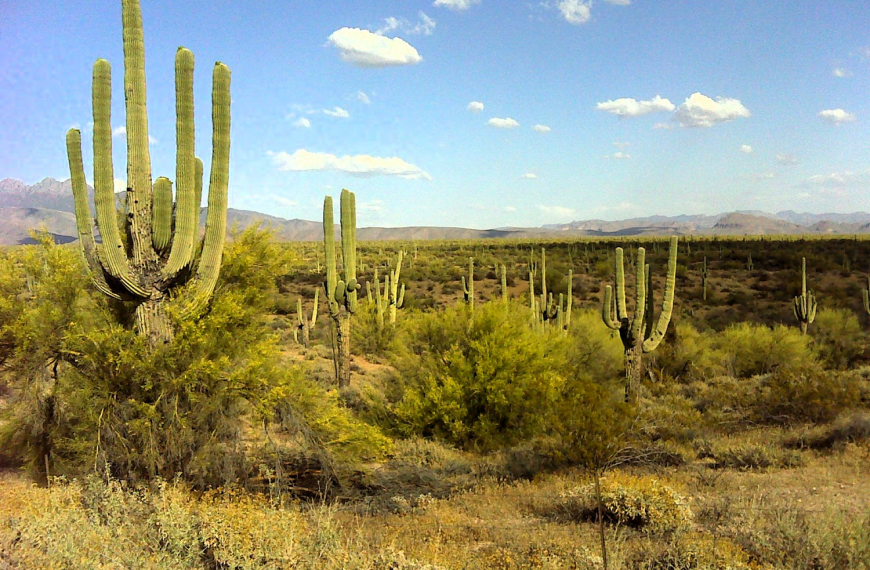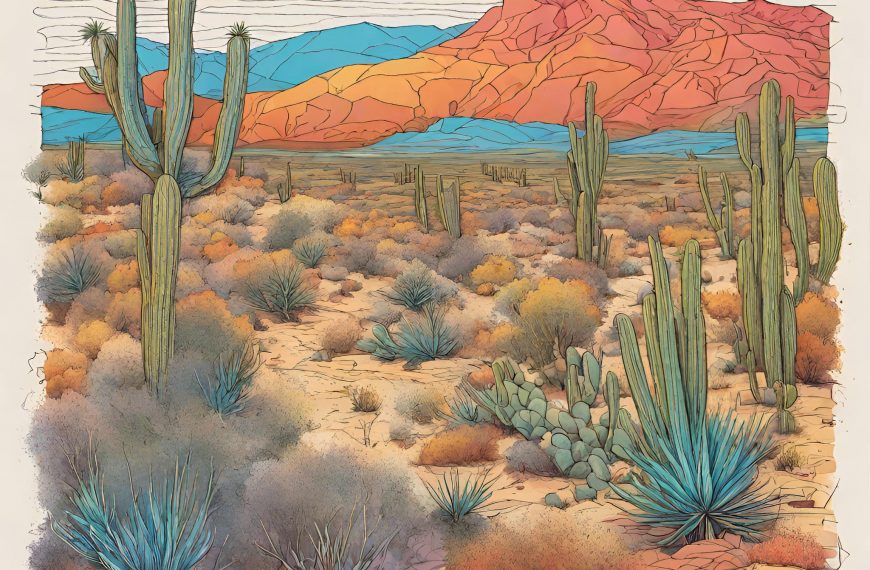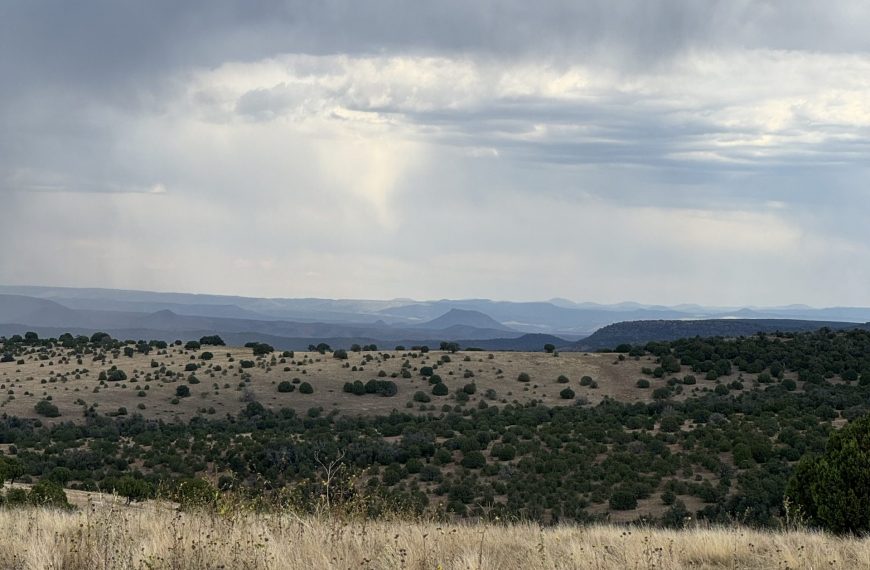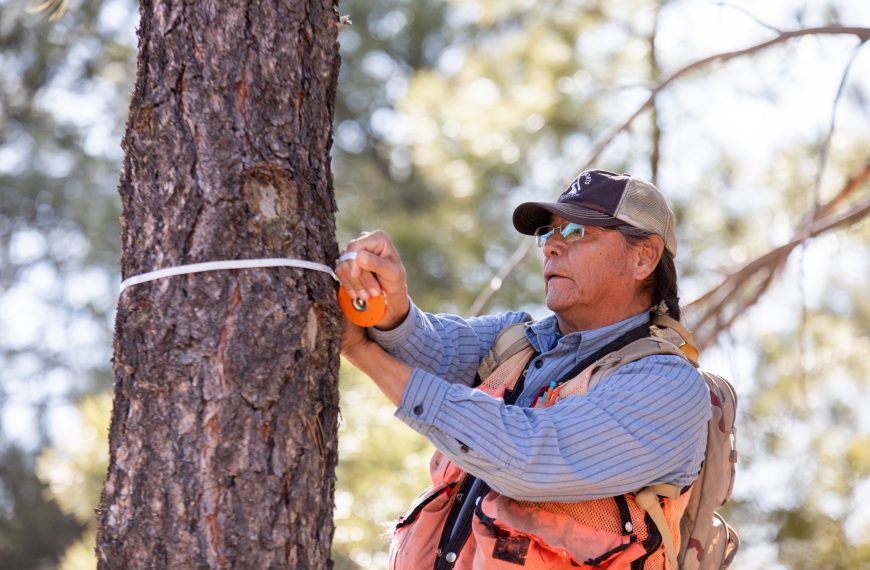Date: February 14, 2018
Presenter: Jesse Minor, Adjunct Instructor, University of Arizona
Shrub species demonstrate flexible responses to wildfire disturbance severity that are reflected in shrub patch dynamics at small and intermediate scales. Prior research has examined the dynamics and persistence of large shrub patches on the landscape; our work focuses on individuals or groups of individual shrubs. Shrub patches respond to variations in fire severity, as well as differences among species with alternate post-fire reproductive strategies. Increased fire severity produces larger patch sizes and greater stem densities; these patterns are observed across multiple fire events, indicating that disturbance legacies can persist for decades. Resprouting species have the greatest variability in patch structure, while seeding species show a strong response to disturbance: resprouting species dominate at low disturbance severities, and obligate seeders dominate high severity areas. Differential post-fire reproductive strategies are likely to generate distinct patterns of vegetation distribution following disturbance, with implications for community composition at various scales. High severity fire is likely to promote expansion of shrub species on the landscape, with implications for future community structure. Click here to view a recording of this webinar!

